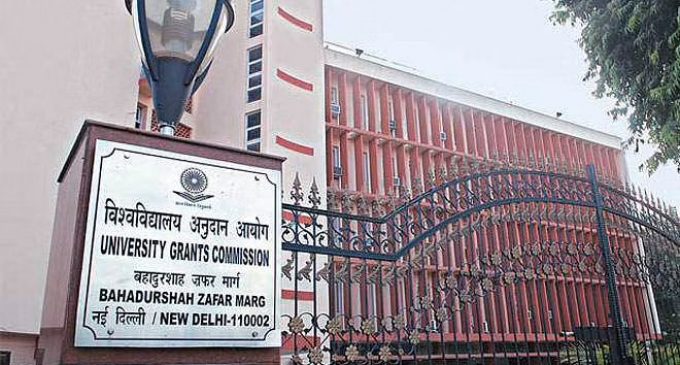The University Grants Commission (UGC) is revising the National Higher Education Qualifications Framework (NHEQF) to better define learning outcomes for each qualification level in higher education and enable the transfer of credits between institutions and courses. This revision aims to create a more flexible and integrated education system that can adapt to the varied learning paths and skills of students.
Key Changes and Implications:
- Learning Outcomes Definition:
- The NHEQF will outline what learners are expected to know and be able to do upon completing each level of qualification, from certificate programs to PhDs.
- Credit Transfer:
- Students will be able to transfer credits earned from one institution or course to another. This flexibility will help students who wish to change their field of study or move between institutions.
- Integration with NSQF:
- While the UGC’s draft NHEQF levels range from 5 to 10, the National Skills Qualifications Framework (NSQF) organizes levels from 4.5 to 8. Aligning these frameworks is crucial to avoid operational issues and ensure smooth vertical and horizontal mobility in learning.
- The UGC’s approach will consider NSQF credits in higher education, encouraging students to utilize their unique talents and skills, thus enhancing their learning capabilities.
- Minimum Credit Requirements:
- Each qualification will have defined entry requirements and minimum credits that students need to earn to progress to the next level. This will ensure a structured learning pathway while allowing flexibility for students to focus on their strengths and interests.
Benefits:
- Flexibility: Students can tailor their education paths to suit their interests and career goals.
- Recognition of Skills: By integrating NSQF credits, the system acknowledges the diverse skills students bring to higher education.
- Mobility: Easier transfer of credits will facilitate student mobility across institutions and courses, both vertically (from one qualification level to a higher one) and horizontally (across different fields of study).
- Enhanced Learning: Students can focus on areas where they excel, potentially increasing engagement and success rates in higher education.
Challenges:
- Alignment with NSQF: Ensuring that the NHEQF and NSQF are compatible to avoid operational issues.
- Implementation: Institutions will need to adapt to new credit transfer systems and possibly revise their curriculums to align with the new framework.
Conclusion:
The revised NHEQF aims to create a more adaptable, skill-oriented higher education system in India. By defining clear learning outcomes and enabling credit transfers, it seeks to enhance student flexibility and skill recognition, ultimately fostering a more robust and inclusive educational environment.











